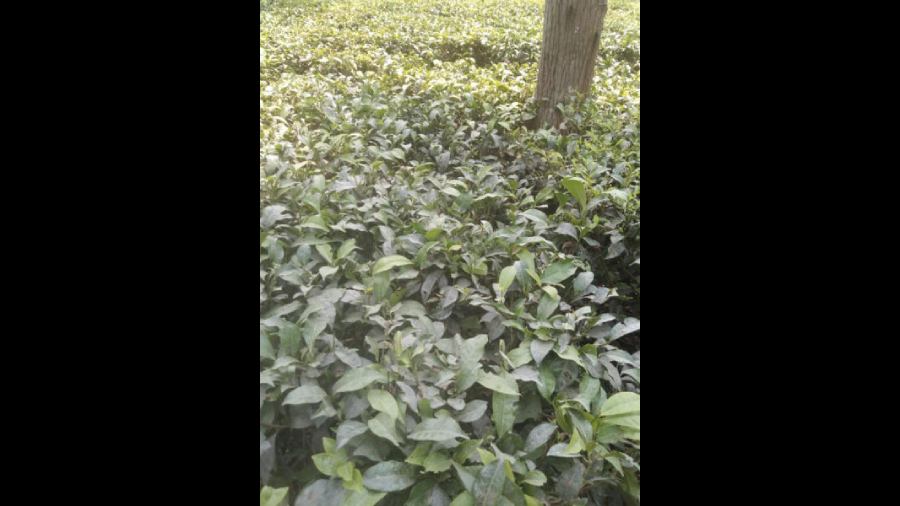Soaring mercury and scorching sun have come up as fresh posers for the Dooars tea industry.
The yield has dropped and tea leaves are turning yellow in heat. Rapid surge in temperature has also resulted in pest attacks in a number of tea estates.
Over the past week, the temperature has soared in both Alipurduar and Jalpaiguri districts. The mercury is touching around 38 degrees Celsius in the day and around 26 degrees at night. The day temperature is 4-5 degrees higher than the normal average in April this time, but the night temperature is more or less the same.
“The gap in day and night temperatures is affecting the yield and there is a delay in the growth of fresh leaves. Also, because of the scorching sun, tea leaves are turning yellow and they cannot be used to make quality teas. Altogether, production is declining every day. The weather has caused the industry fresh concern,” said Sanjoy Bagchi, secretary of the Dooars branch of the Indian Tea Association.
He said that usually irrigation was not required in tea bushes in April because of rainfall during the month.
“However, this year, there has been no rainfall so far in April, and it is already the third week. The planters will have to keep on watering tea bushes regularly. Even so, the tea leaves are drying up and turning yellowish as the heat is simply too much and the ground is getting dry,” Bagchi added.
In the Dooars, there are around 150 tea estates which produce around 125 million kilos of CTC tea.
A senior tea planter based in Siliguri said that extreme heat this year had made them apprehensive of around 50 per cent loss in tea production this month.
Usually, around 7 million kilos of tea are produced in the tea estates of the Dooars in April.
Chinmoy Dhar, the chairman of the north Bengal branch of the Tea Association of India, said that the heat has also led to an increase in pest attacks.
“Pests such as looper and red spider are prevalent in tea bushes. If it doesn’t rain in the next few days, the pest situation will turn more critical. The industry might suffer a loss in production then. Also, all this is happening at a time when the state has announced a revision of tea wages, which means extra expenditure for the tea companies,” said Dhar.
Along with the low yield and loss in production, the heat has also taken a toll on the productivity of the workforce, planters have said.
“A considerable section of workers are engaged in the plantations to pluck leaves. Many of them are falling sick while working under the sun. There has been a rise in absenteeism because of the heat. It seems that a section of tea workers is disinclined to join work unless there is some improvement in the weather. But weather is not something that's in our hands,” said a planter.










